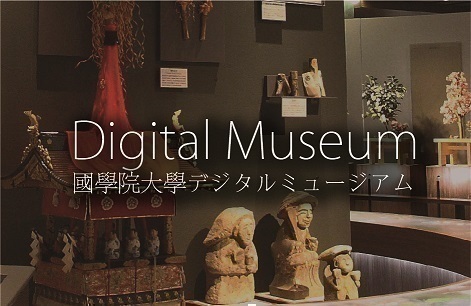- トップ
- Encyclopedia of Shinto
- Mitogaku
Encyclopedia of Shinto
| Main Menu: | |
| Links: |
詳細表示 (Complete Article)
| カテゴリー1: | 7. Concepts and Doctrines |
|---|---|
| カテゴリー2: | Doctrines and Theories |
| Title | Mitogaku |
| Text | The term Mitogaku signfies the scholarship and academic traditions that arose in the Mito Domain, one of the Go-Sanke (the three highest ranking branches of the Tokugawa clan) of the Edo period. This academic school was also called "Suifu no gaku," and "Tenpōgaku," but after the Meiji Restoration the term "Mitogaku" came to be most commonly used. On the initiative of Tokugawa Mitsukuni, the second lord of the Mito Domain, work on the compilation of Dainihonshi (The History of Great Japan) was started. As part of the compilation process, Mitogaku underwent various developments until the end of the eighteenth century and came to also actively address real-life social and political issues and problems. The history of Mitogaku can be divided into two periods. The first is called Early Mitogaku, a period that lasted from the end of the seventeenth century until the eighteenth century. The second is called Later Mitogaku, and it began at the end of the eighteenth century and lasted until the bakumatsu era. Early Mitogaku Mitsukuni, established a bureau of history for the compilation of Dainihonshi at his second residence in Edo's Komagawa district in 1657. However, it was moved to his main residence in Koishikawa in 1672, and was named the Shōkōkan. For this historiographical project, Mitsukuni summoned from throughout the country many scholars regardless of the scholarly faction they belonged to. Representative scholars included Asaka Tanpaku (1656-1737), Sassa Munekiyo (1640-1698), Kuriyama Senpō (1671-1706), and Miyake Kanran (1673-1718). The fundamental approach these scholars took was based on a Confucian, especially Neo-Confucian, historical view. According to this approach, historical development followed moral laws, and they recorded historical facts without elaboration so that future political and moral lessons could be drawn from them. Following this kind of approach, the historians dispersed to every region in the country and endeavored to gather and copy historical sources. During this effort, several Early Mitogaku scholars composed their own historical works. Senpō's Hōken taiki and Kanran's Chūkō kangen are representative examples. In this regard, the defining element of Early Mitogaku scholarship was a focus on historiography and scholarly work. Later Mitogaku By the latter half of the eighteenth century, Japan came to be subject to domestic turmoil and foreign pressures. Even within Mitogaku, in order to resolve this national crisis, scholars used the scholarship and thought that had been acquired through their labors on the historiographical project to actively engage societal issues. The forerunner of this trend was Fujita Yūkoku (1774-1826). At the age of eighteen, Yūkoku completed Seimeiron. In it, he explained the necessity to observe strictly the lord-vassal hierarchy for social stability. He later provided the theoretical basis for the sonnō movement. Yūkoku's ideas were inherited by his son, Tōko (1806-1855), and his student, Aizawa Seishisai (1782-1863), and others. Kōdōkanki jutsugi, a commentary on the Kōdōki, which Tōko wrote in place of the domainal lord, Tokugawa Nariakira, and the Shinron, which Aizawa wrote in 1825, best exemplify the ideas of the Later Mitogaku. Other representative Mitogaku scholars were Aoyama Nobuyuki, his father Nobumitsu, Toyoda Tenkō, and Kurita Hiroshi. — Yazaki Hiroyuki |




